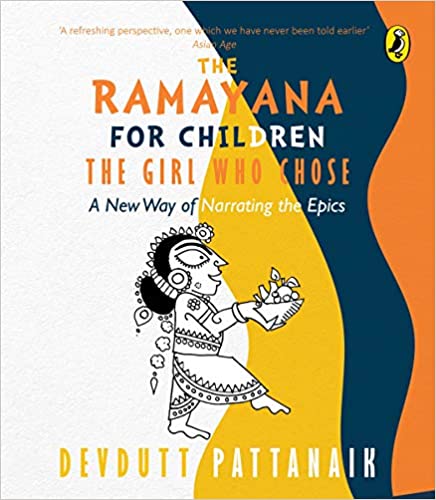In line with Devdutt Pattanaik’s philosophy which portrays myth as a subjective truth, he essentially tries to tell a story that has been told innumerable times in history as a more flexible and consequencedriven recount of events. He takes on the Ramayana by delving into Sita’s psyche while breaking the epic into five seamlessly knit together chapters, each one unfolding as one of her choices. It is his perception on the reasons behind a character’s actions which makes it an original account. For a young mind, these justify the behaviour and choices of the various characters and highlighting their contrasting characteristics clearly. For example, the Sun kings and princes fulfil the most unreasonable of promises because they are governed by the unspoken laws of their dynasty; their word is of the highest honour and they rule to serve the people of their kingdom, thus Rama respects strict rules through the course of events. But Sita knows when she is free to choose differently from what rules might dictate. She is loyal in choosing to follow her husband into the forest; kind to help a seemingly harmless hungry hermit by crossing the Lakshman Rekha; stays true to Rama’s honour, by choosing to stay captive in Lanka when Hanuman offers to take her back to Rama, bestowing an opportunity for him to reclaim reverence for the Sun dynasty, and equally adamant about asserting her selfworth when she chooses not to return to the Kingdom of Ayodhya in the end.
November 2016, volume 40, No 11

